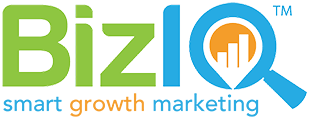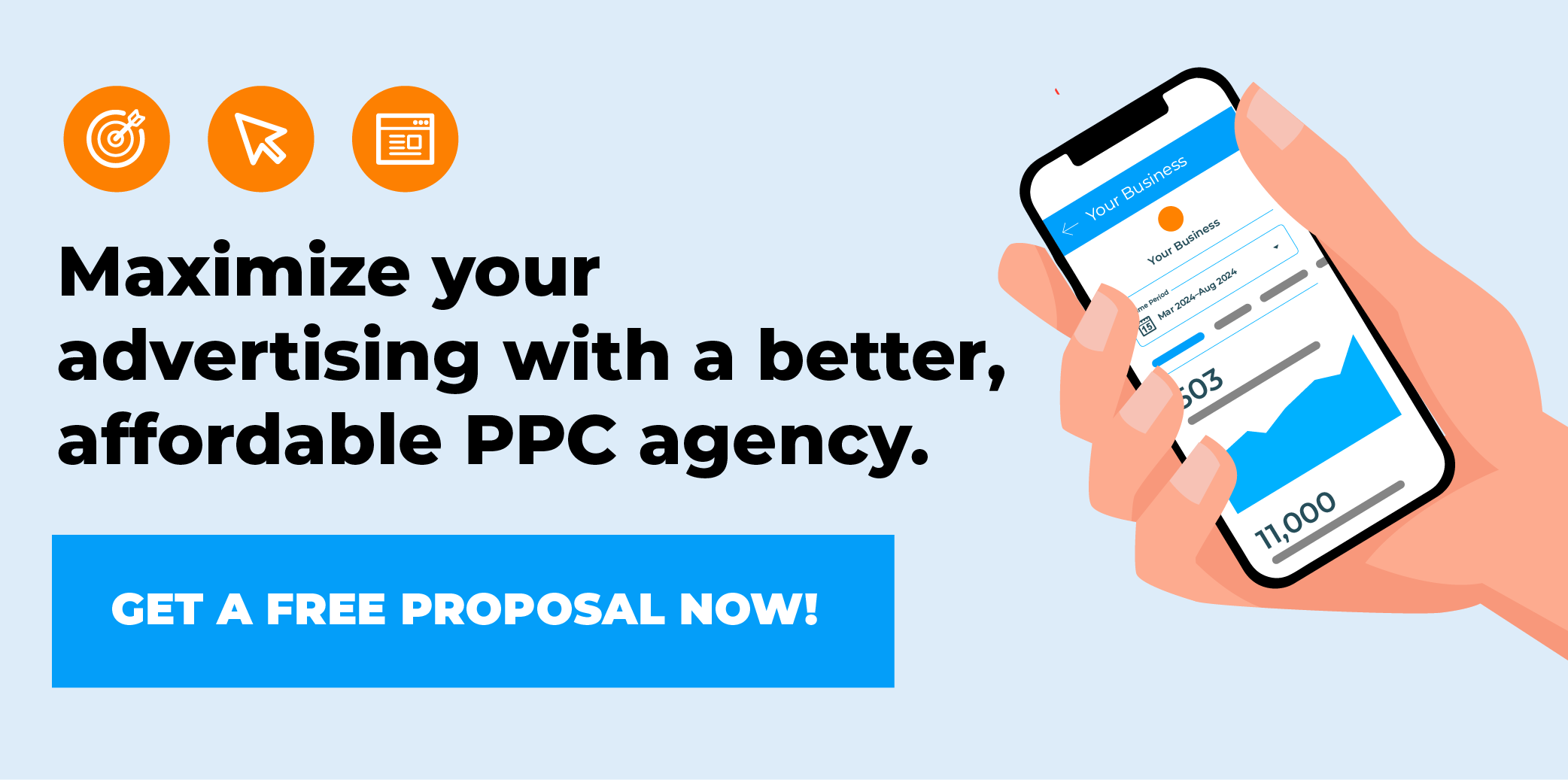In today’s competitive digital environment, businesses must choose the most effective advertising platforms to generate leads, boost visibility, and maximize ROI. With dozens of options available, selecting the right platforms for your goals and budget can be challenging. Whether you’re a small business with a limited ad spend or a larger company aiming for a multi-channel approach, understanding the best advertising platforms is critical to driving results.
Table of Contents
- Google Ads (Formerly Google AdWords)
- Meta Ads (Facebook & Instagram)
- LinkedIn Ads
- YouTube Ads
- Microsoft Advertising (Bing Ads)
- TikTok Ads
- Amazon Ads
- Programmatic Advertising Platforms (e.g., The Trade Desk, AdRoll)
- Pinterest Ads
- Choosing the Right Advertising Platform
- Partner with BizIQ: Your Digital Advertising Experts
1. Google Ads (Formerly Google AdWords)
Best for: Search engine visibility, local businesses, and intent-based targeting
Overview:
Google Ads is the gold standard in digital advertising. With billions of daily searches, this platform allows businesses to place ads on Google’s search engine results pages (SERPs), YouTube, and a vast network of partner websites.
Key Features:
- Pay-per-click (PPC) and cost-per-impression (CPM) options
- Keyword targeting for high buyer intent
- Location and demographic targeting
- Ad extensions for added visibility
- Integration with Google Analytics
Pros:
- High ROI when campaigns are optimized
- Immediate traffic and lead generation
- Ideal for both local and global campaigns
Cons:
- Competitive industries may face high CPCs
- Requires active management and optimization
Ideal for: Businesses looking to capitalize on user search intent and those who want measurable, trackable performance metrics.
2. Meta Ads (Facebook & Instagram)
Best for: Brand awareness, B2C companies, and detailed audience targeting
Overview:
Meta Ads includes advertising on Facebook and Instagram, two of the most widely used social media platforms globally. These platforms provide rich targeting capabilities, including behavior, interests, demographics, and custom audiences.
Key Features:
- Visual ad formats (image, video, carousel)
- Lookalike audience creation
- Instagram story ads
- Budget-friendly for small businesses
- In-depth audience segmentation
Pros:
- Cost-effective for brand exposure
- Highly customizable targeting
- Strong mobile reach
Cons:
- Declining organic reach means paid ads are necessary
- Performance may vary based on creative quality
Ideal for: Brands with compelling visuals, B2C companies, and businesses aiming to reach consumers where they spend most of their online time.
3. LinkedIn Ads
Best for: B2B marketing, professional services, and recruitment
Overview:
LinkedIn Ads is tailored for business professionals, making it one of the best advertising platforms for B2B marketers. Advertisers can target users by job title, company size, industry, and more.
Key Features:
- Sponsored content and InMail ads
- Lead generation forms
- Company page promotion
- Job listing visibility
Pros:
- Direct access to decision-makers
- High-quality leads in niche industries
- Professional and business-focused audience
Cons:
- Higher CPCs than other platforms
- Smaller reach compared to Meta or Google
Ideal for: Businesses selling services to other businesses, those targeting executives, or companies hiring skilled professionals.
4. YouTube Ads
Best for: Video marketing, brand storytelling, and visual engagement
Overview:
As the second-largest search engine in the world, YouTube provides powerful opportunities for businesses to reach audiences through video ads. YouTube is part of the Google Ads network, offering seamless campaign management.
Key Features:
- Skippable and non-skippable in-stream ads
- Video discovery ads
- YouTube Shorts ad placement
- Advanced targeting (interests, behavior, keywords)
Pros:
- Immersive and engaging format
- Great for brand storytelling
- Broad reach across devices
Cons:
- Requires video content production
- Viewer intent may be more passive than Google search
Ideal for: Brands looking to build trust, showcase products, or educate through compelling visuals.
5. Microsoft Advertising (Bing Ads)
Best for: Lower CPCs, alternative to Google Ads, and older demographics
Overview:
Microsoft Advertising allows businesses to place ads on Bing, Yahoo, and other partner networks. While it has a smaller share than Google, it offers distinct advantages, especially for certain demographics.
Key Features:
- Keyword targeting
- Device and location targeting
- LinkedIn profile targeting (exclusive feature)
- Import campaigns from Google Ads
Pros:
- Lower competition = lower CPC
- High-performing for some niches (e.g., finance, healthcare)
- Simple Google Ads import function
Cons:
- Smaller audience compared to Google
- Less intuitive interface
Ideal for: Businesses seeking a more affordable PPC option and targeting an older or more professional audience.
6. TikTok Ads
Best for: Gen Z and Millennial audiences, short-form video engagement, B2C brands
Overview:
TikTok has exploded in popularity and offers advertisers access to a younger, mobile-first audience. Its ad formats blend seamlessly into user content, making it a strong contender for brand engagement.
Key Features:
- In-feed native videos
- Top View ads (first ad seen when opening the app)
- Hashtag challenges
- Spark Ads (boost organic content)
Pros:
- High engagement rates
- Viral potential
- Strong creative focus
Cons:
- Steep learning curve for creative formats
- Younger audience may not suit all brands
Ideal for: Trendy, consumer-facing brands with creative teams who can produce fun, short-form video content.
7. Amazon Ads
Best for: E-commerce sellers, product-based businesses
Overview:
For businesses selling on Amazon, this platform offers direct access to buyers already in the purchasing mindset. Amazon Ads include sponsored product listings, display ads, and even video placements.
Key Features:
- Sponsored product and brand listings
- Keyword and product targeting
- Amazon DSP (Demand Side Platform)
- Advanced analytics for sellers
Pros:
- High conversion rates
- Reaches customers in purchasing mode
- Integrates with product listings
Cons:
- Requires active Amazon seller account
- Competitive in popular product categories
Ideal for: Retailers and manufacturers looking to boost visibility and sales directly on Amazon.
8. Programmatic Advertising Platforms (e.g., The Trade Desk, AdRoll)
Best for: Large-scale ad buys, retargeting, and cross-platform campaigns
Overview:
Programmatic advertising uses AI to purchase digital ads in real time across a wide range of websites and devices. These platforms allow advanced targeting, retargeting, and data integration.
Key Features:
- Real-time bidding
- Cross-device tracking
- Audience retargeting
- Dynamic creative optimization
Pros:
- Precision targeting at scale
- Automation reduces manual oversight
- Detailed performance insights
Cons:
- Requires higher budgets
- Can be complex to manage without expertise
Ideal for: Medium-to-large businesses looking for omnichannel visibility and automation at scale.
9. Pinterest Ads
Best for: Visual brands, lifestyle products, DIY, food, fashion, and home décor
Overview:
Pinterest is a visual discovery engine where users actively plan purchases and projects. Pinterest Ads allow businesses to place their products in front of users searching for inspiration.
Key Features:
- Promoted pins and carousels
- Keyword, interest, and demographic targeting
- Shopping Ads
- Integration with Shopify
Pros:
- High purchase intent from users
- Long content lifespan
- Unique audience demographics (predominantly female)
Cons:
- Smaller audience than Meta
- Requires strong visual content
Ideal for: Brands that appeal to planners, creatives, and DIY enthusiasts—especially in home, fashion, or food categories.
Choosing the Right Advertising Platform
When evaluating the best advertising platforms for your business, consider the following factors:
- Audience: Where does your target demographic spend their time?
- Budget: What platform offers the best ROI within your ad spend?
- Goals: Are you aiming for conversions, brand awareness, traffic, or engagement?
- Resources: Do you have the creative assets needed (videos, images, copy)?
- Industry: Certain platforms perform better in specific verticals.
There’s no one-size-fits-all approach. A smart strategy often blends platforms—for example, using Google Ads for intent-driven leads, Meta Ads for brand visibility, and LinkedIn for B2B outreach.
Partner with BizIQ: Your Digital Advertising Experts
Navigating the ever-growing landscape of digital advertising can be overwhelming—but you don’t have to do it alone. Whether it’s local or organic SEO, PPC, social media management, website design and development, or another digital marketing service, our experts here at BizIQ are trusted authorities who are ready to help your company grow.
We specialize in crafting data-driven strategies across the best advertising platforms to drive measurable results for businesses of all sizes. Let us evaluate your current efforts, identify new opportunities, and help you unlock the full potential of digital marketing.
Contact us today for a comprehensive analysis and custom quote. Your next level of growth starts here.


